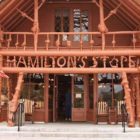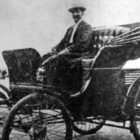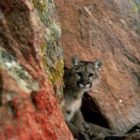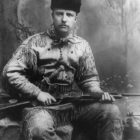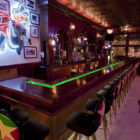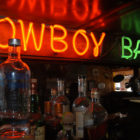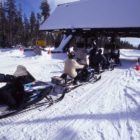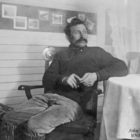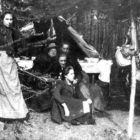
In 1913, Louise Elliott published a book about a young schoolteacher from Lander, Wyo., who took a job as a camp assistant for a mobile camp tour. In her preface, Elliott confesses that she used several techniques that critics now might label “new journalism.” She created composite characters by combining traits of her camp companions, and made up a “little romance” for her protagonist. We can forgive Elliott because she provided an explicit disclaimer — and an entertaining portrait of travel to Yellowstone Park in the early 20th century. While her tales must be taken with the proverbial grain of salt, we probably can take her word that “the camp episodes and jokes, the weather and scenery, and the statistics” were all accurate descriptions copied from her diary. Continue Reading →

